
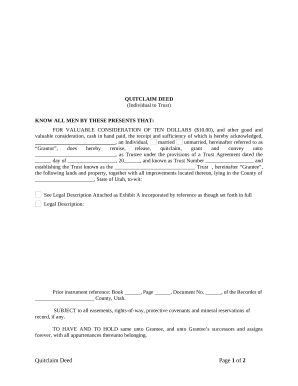
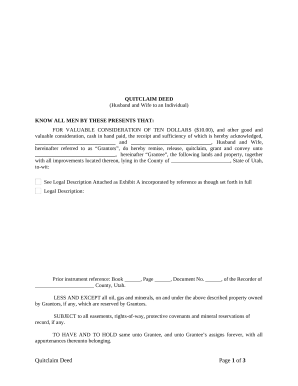
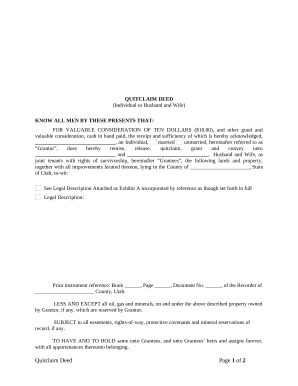
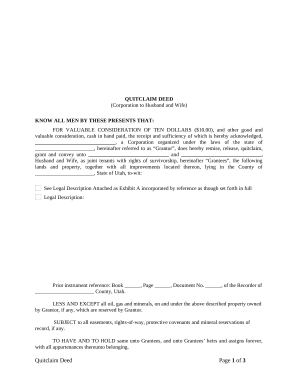

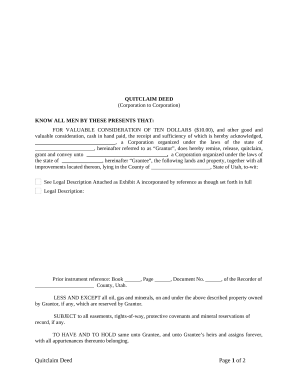

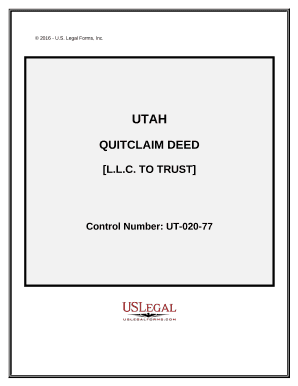
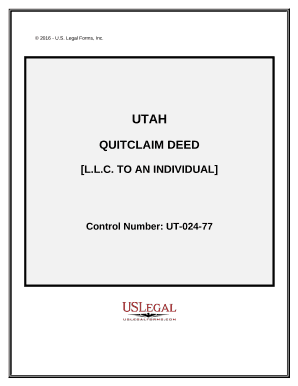
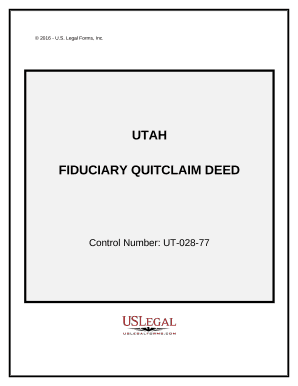


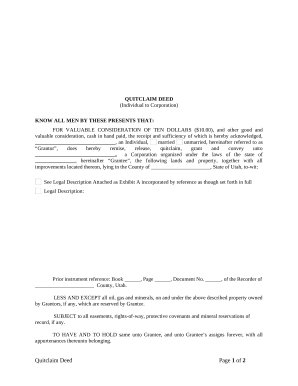



Document management can stress you when you can’t find all of the documents you need. Luckily, with DocHub's considerable form collection, you can find all you need and quickly manage it without switching among apps. Get our Utah Quitclaim Deed Forms and start utilizing them.
The best way to manage our Utah Quitclaim Deed Forms using these basic steps:
Try out DocHub and browse our Utah Quitclaim Deed Forms category easily. Get your free profile today!